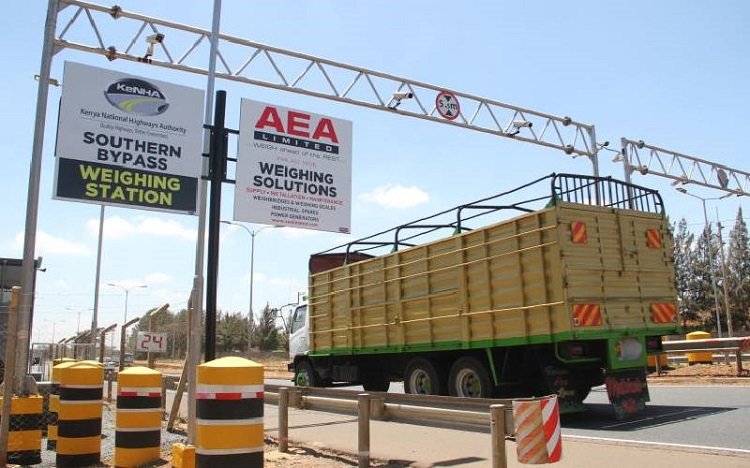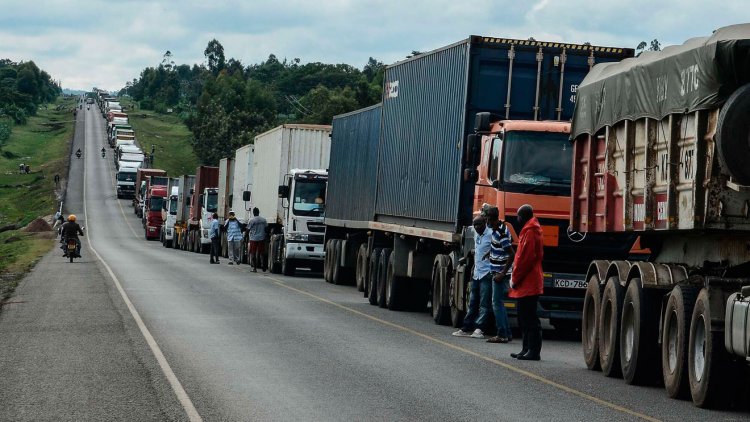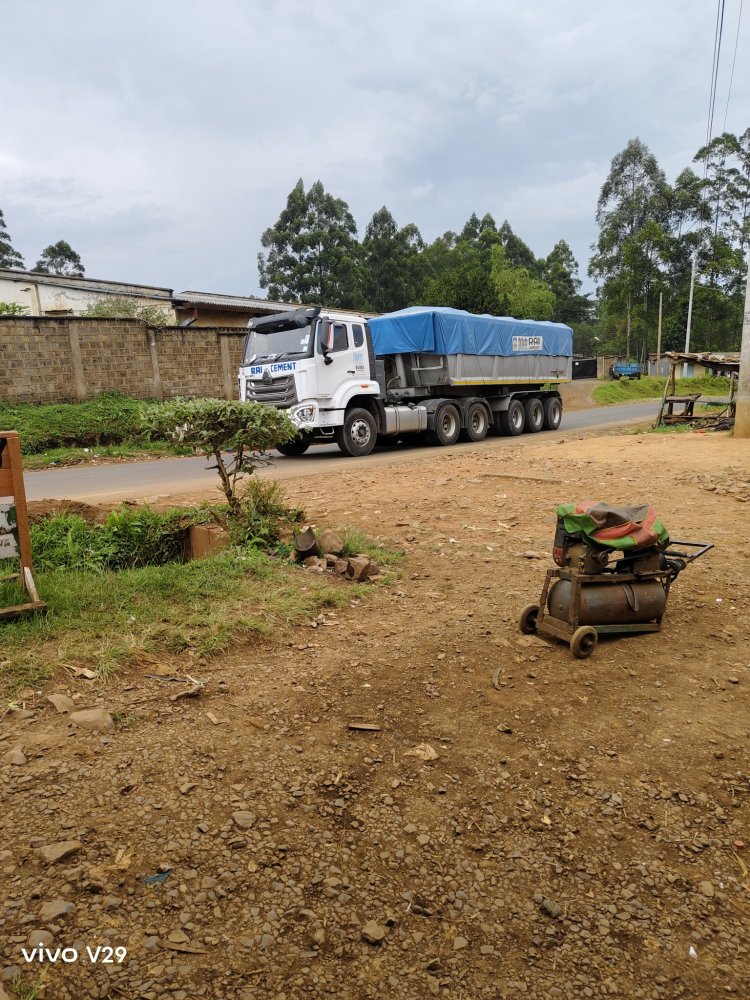Lorries, also known as trucks or heavy goods vehicles (HGVs), can contribute to road damage through a variety of mechanisms. The extent of damage depends on factors such as the weight of the lorry, the type of road surface, and the frequency of heavy traffic.
Here are some ways in which lorries can damage roads:
Weight and Axle Load
The weight of lorries, especially when fully loaded, can exert significant pressure on the road surface. This pressure is distributed through the vehicle's axles.
The axle load, which is the weight supported by each set of wheels, is a critical factor. High axle loads can lead to the deformation and weakening of the road structure.
Repeated Loading
Frequent and repeated passage of lorries on the same road can lead to fatigue in the road materials.
The constant stress and strain from heavy vehicles can result in the development of cracks, potholes, and other forms of deterioration.
Vibration
The vibrations generated by lorries can contribute to the deterioration of road surfaces. Vibrations can weaken the bond between the layers of the road and accelerate the development of cracks.
Surface Wear
The friction between the tires of lorries and the road surface causes wear and tear.
Over time, this can lead to the loss of road surface material, especially in areas where braking, accelerating, or turning occurs frequently.
Road Design and Maintenance
Inadequate road design or poor maintenance can exacerbate the impact of lorries on roads.
For example, roads not designed to handle heavy traffic or roads with inadequate drainage systems may deteriorate more quickly when subjected to lorry traffic.
Environmental Conditions
Environmental factors such as temperature variations, precipitation, and freeze-thaw cycles can interact with the stress imposed by lorries, accelerating the deterioration of roads.
To mitigate the impact of lorries on roads, engineers and planners consider factors such as road design, load-bearing capacity, and maintenance practices.
Reinforcing roads, implementing weight restrictions, and regular maintenance can help extend the lifespan of road infrastructure and reduce the need for costly repairs.
In Kenya, hundreds of trucks are on the road each day transporting goods to and from the port of Mombasa. Importers and local manufacturers rely on trucks to get cargo to neighbouring landlocked countries such as Burundi, Uganda, Rwanda, the Democratic Republic of Congo and South Sudan.
Authorities impose a 48-tonne allowance for vehicles and use axle weight to determine the maximum load a truck can carry. However, cases of corruption at weighbridges are rampant, where some transporters collude with officials to evade weighing.
For instance, in 2015, 28 officers working at a weighbridge in the Coastal region were interdicted pending investigations, and some were charged in court for receiving bribes. One officer was alleged to have received an average of Ksh600,000 per month in bribes.
“The weighbridges are also sparsely located. A truck can go through the weighbridge in Mlolongo (about 20km southeast of Nairobi) and is found to be compliant, but by the time it gets to Westlands in Nairobi, it’s another story. There is a need for several virtual stations to do counterchecks,” Nicholus Kithinji, Managing Director - AEA Ltd (Formerly Avery East Africa Ltd), explained in a past interview.
The Kenya National Highways Authority (KeNHA) recently embarked on installing virtual weighbridges across the country, notably along the Southern Bypass in Nairobi, which led to the closure of one of its sections on December 27, 2023, for close to one month.
KeNHA relies on the Traffic Act and the East Africa Vehicle Load Control Act to ensure compliance with axle weight limits among transporters.
The East Africa Vehicle Load Control Act stipulates that all vehicles weighing more than 3,500kgs must be weighed at weighbridges. Transporters who bypass or evade weighing stations are liable to prosecution.

A weighing station along the Southern Bypass. /FILE



 admin
admin 





